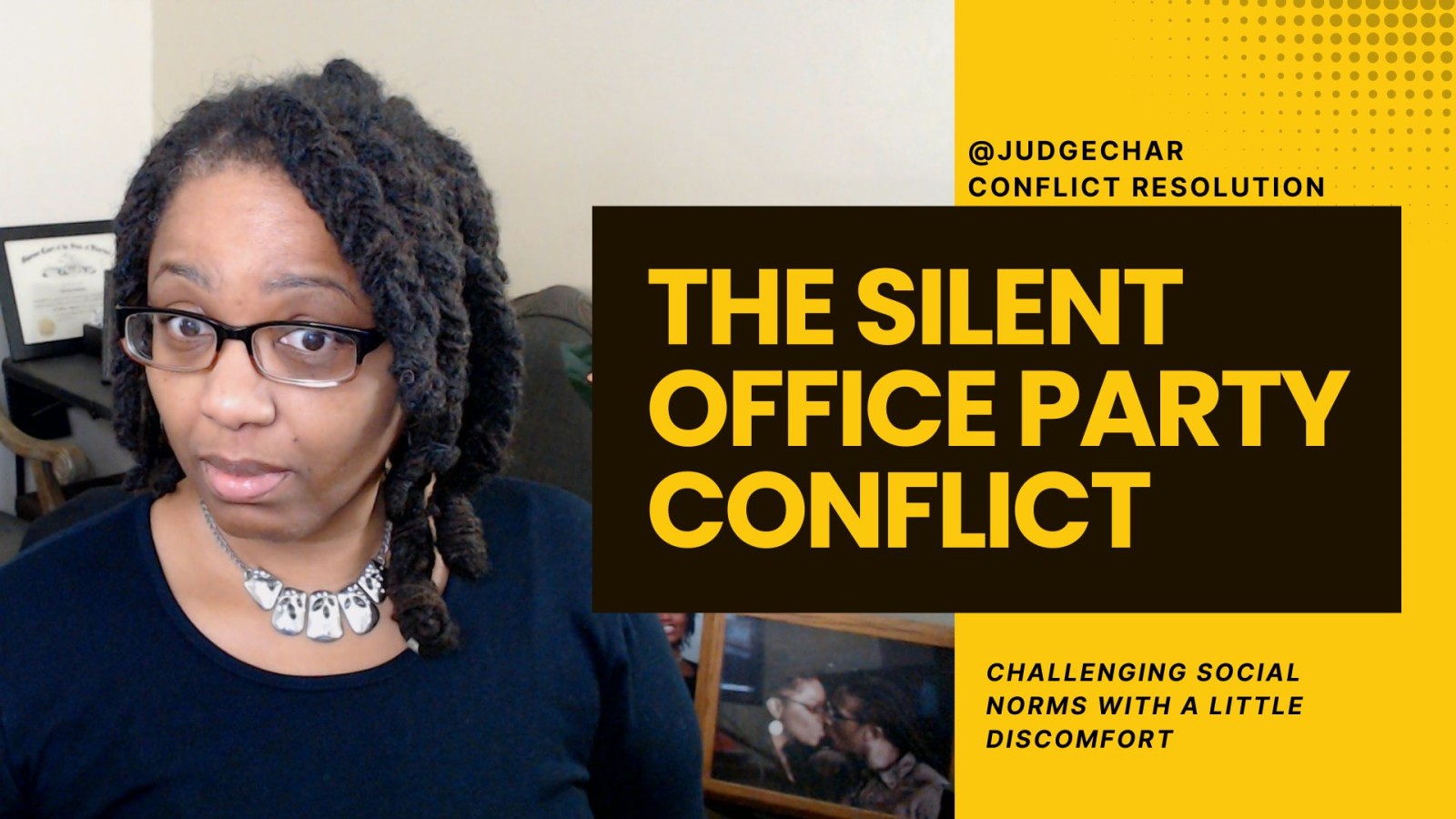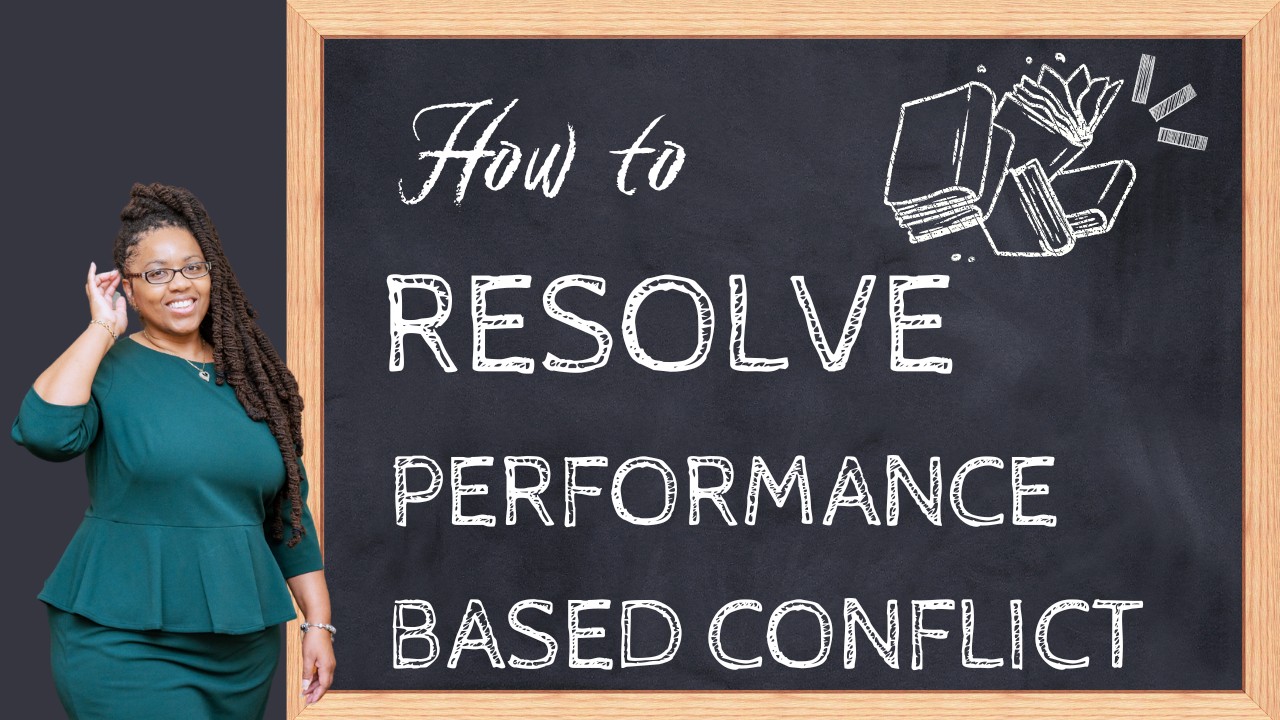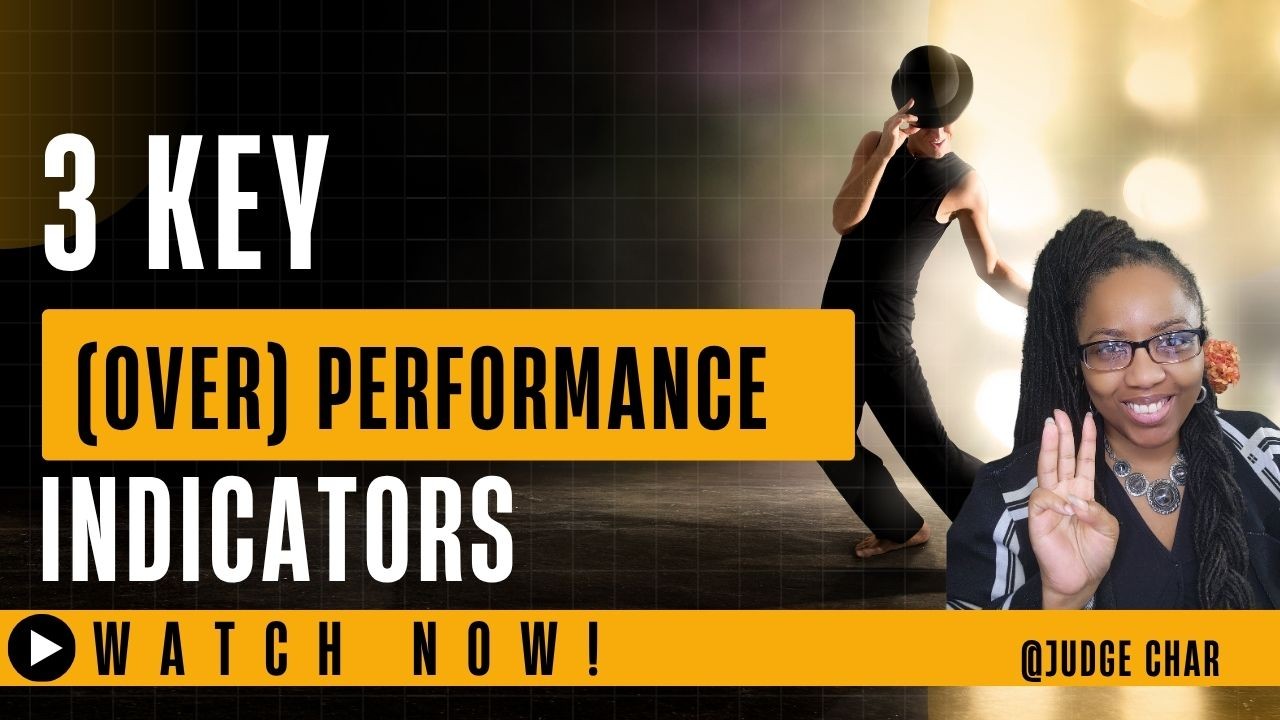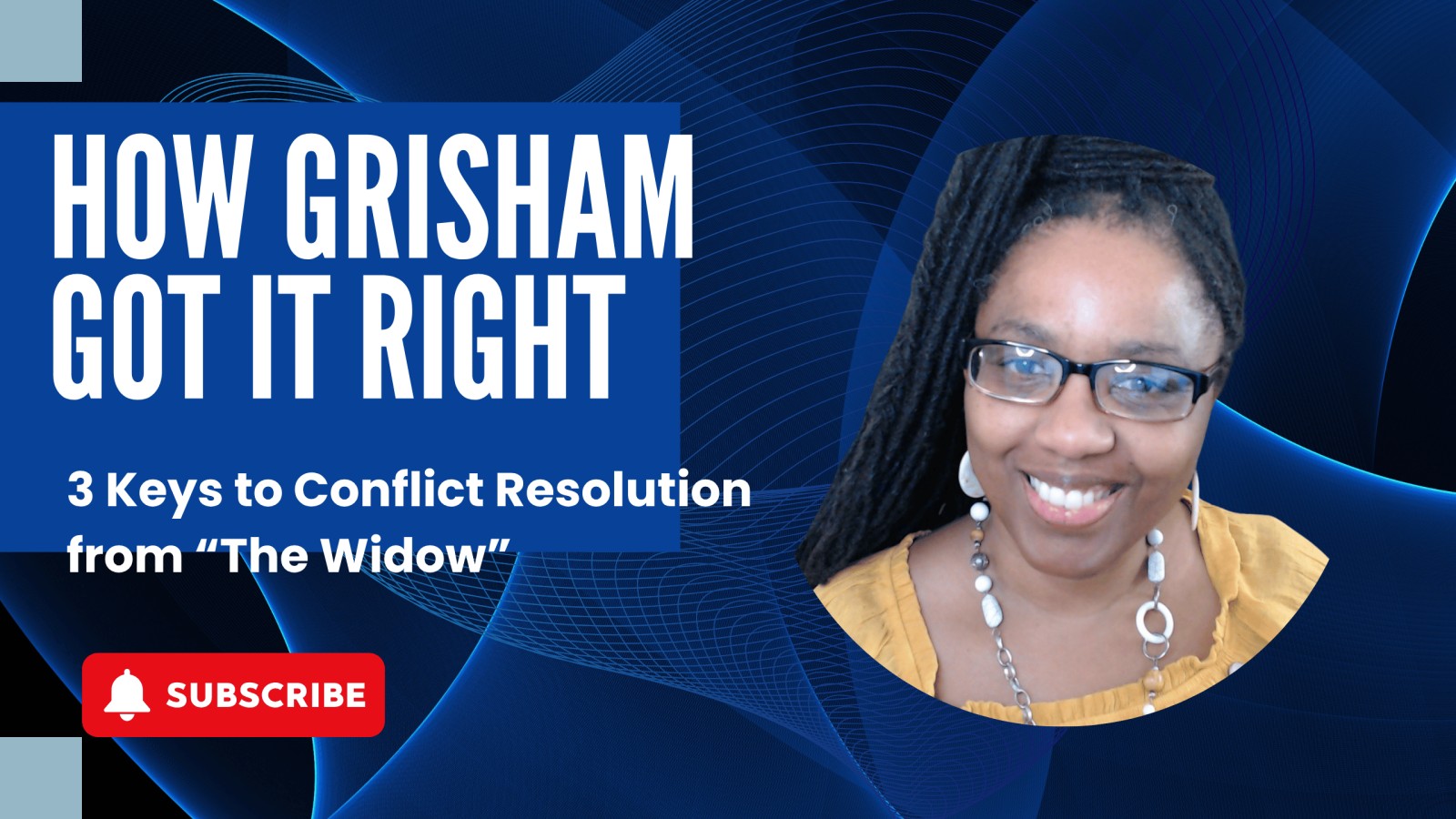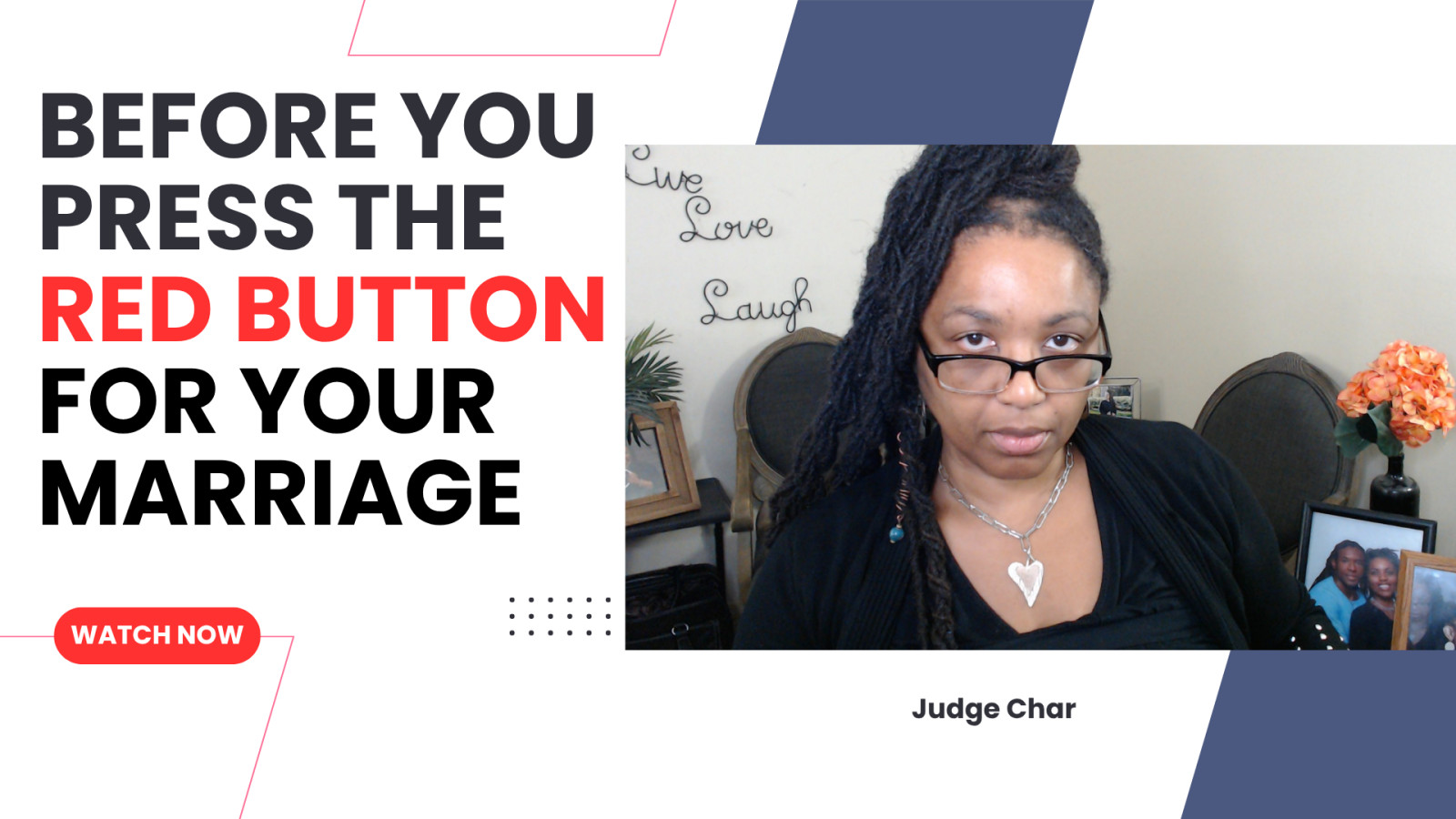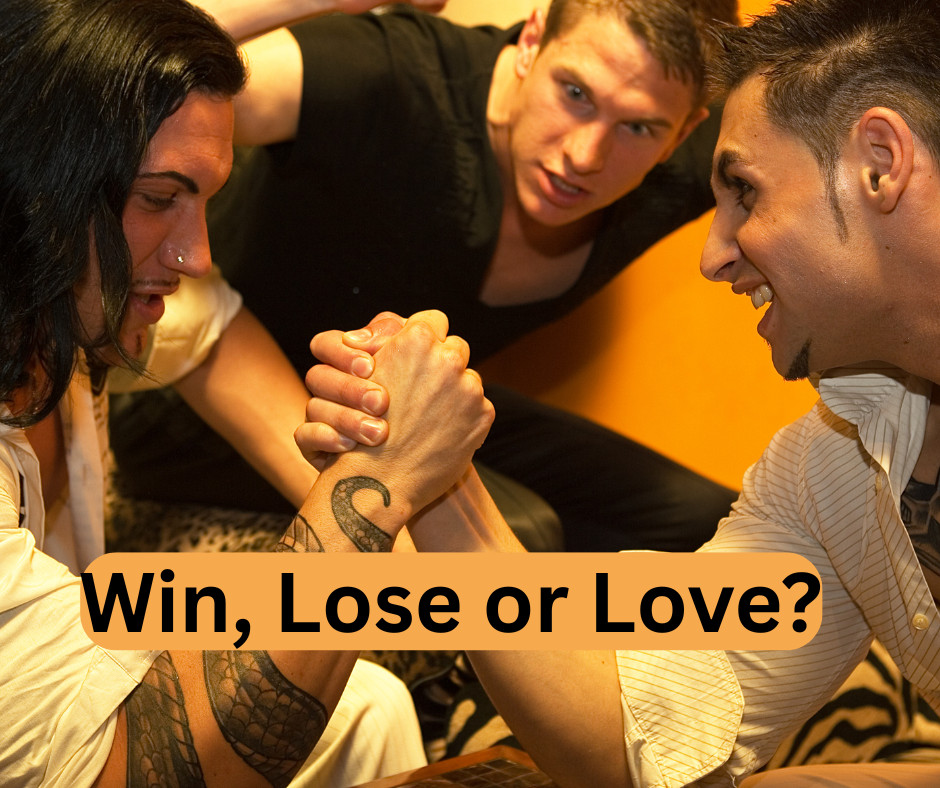
Unravel the complexities of human relationships with a profound insight into conflict resolution and personal growth. While at times others may fail our expectations and disrupt our trust, this blog post offers illuminating keys to breaking free from cycles of unproductive conflict. Discover the empowering principles of embracing personal choice, reducing the urge to control, and rejecting the deceit of manipulation, to cultivate a garden of honor in your relationships. By shifting your perception from immediate demands to nurturing patience and understanding, this post reveals how you can transform power struggles into profound personal growth. Just as a seed requires time and care to flourish, so too does love, rewarding us with true safety, significance, and satisfaction. Dive into these revelations and see how a strategic shift in perspective can redefine how you engage with those around you.
Read more...
The blog post explores the dynamics of intimate conflict by delving into differing conflict styles—avoidant and confrontational—and the unspoken assumptions that often exacerbate these conflicts. It emphasizes that while both parties may want the same resolution, their distinct styles of engagement can lead to misunderstanding. By acknowledging and understanding these differences, individuals can foster deeper connections and effectively advocate for their needs while building empathy and avoiding judgment in their relationships.
Further, the post underscores the importance of managing emotions and maintaining a balance between facts and feelings during conflicts. It suggests practical strategies such as taking timed "time-outs" to allow both avoidant and confrontational partners to process emotions and reengage effectively. Recognizing one's style and setting boundaries for communication helps ensure that both parties' needs are respected, ultimately leading to more constructive and meaningful interactions.
An anecdote about the writer's own relationship illustrates the value of adapting one's approach, demonstrating that no single style is better than the other. Through mutual understanding and adjustment, partners can transform potential conflicts into opportunities for growth and connection. It concludes with an encouragement to apply legal thinking to personal relationships for improved conflict resolution, inviting readers to explore further insights on the author’s website.
Read more...

